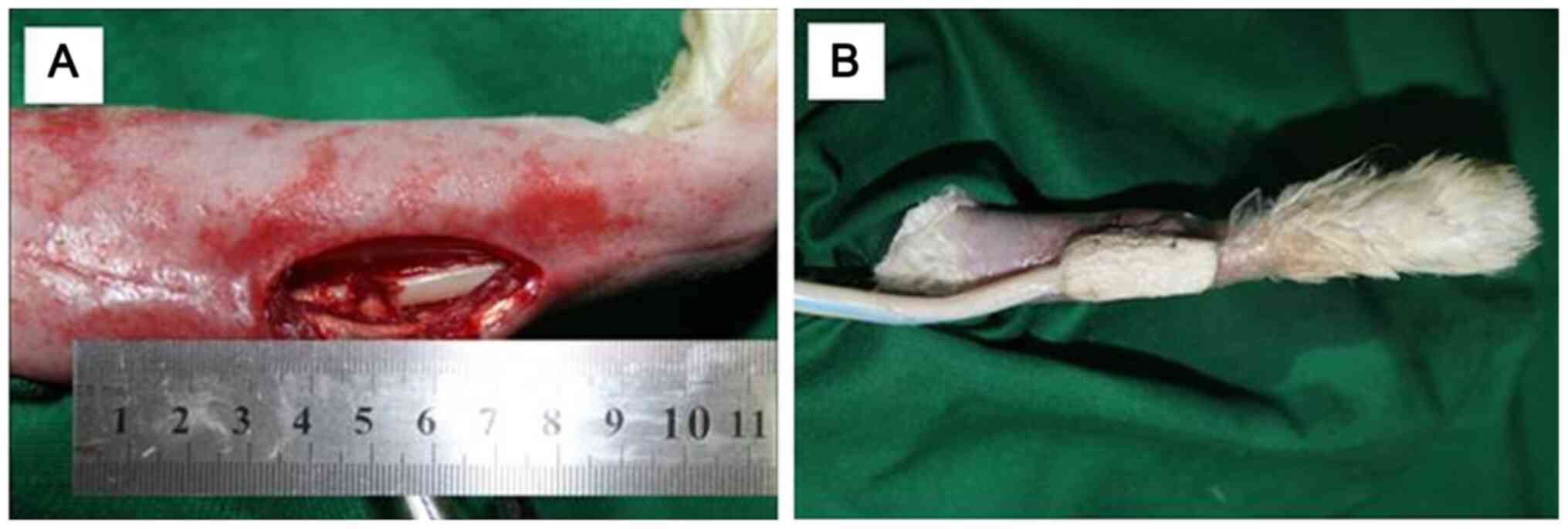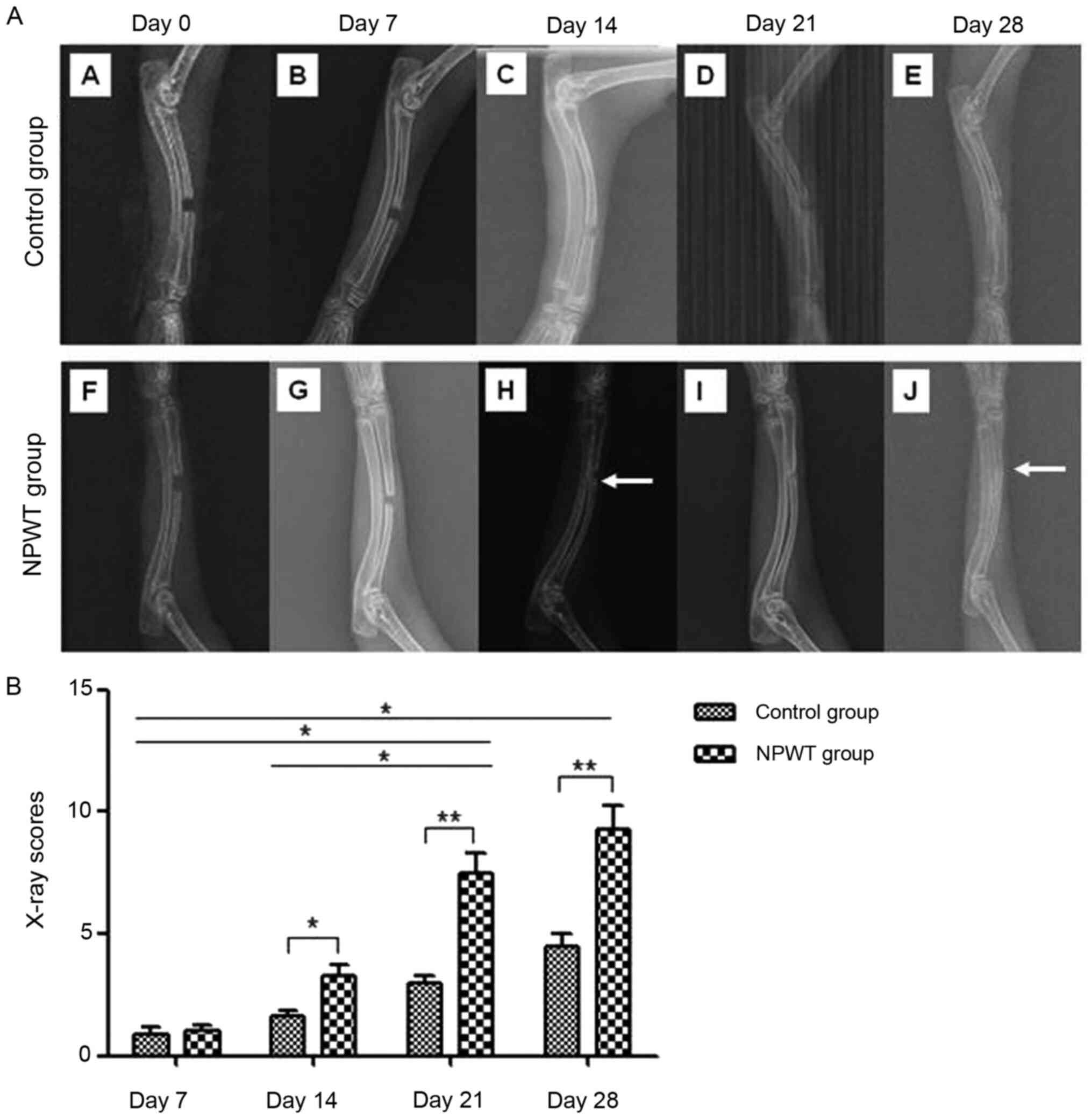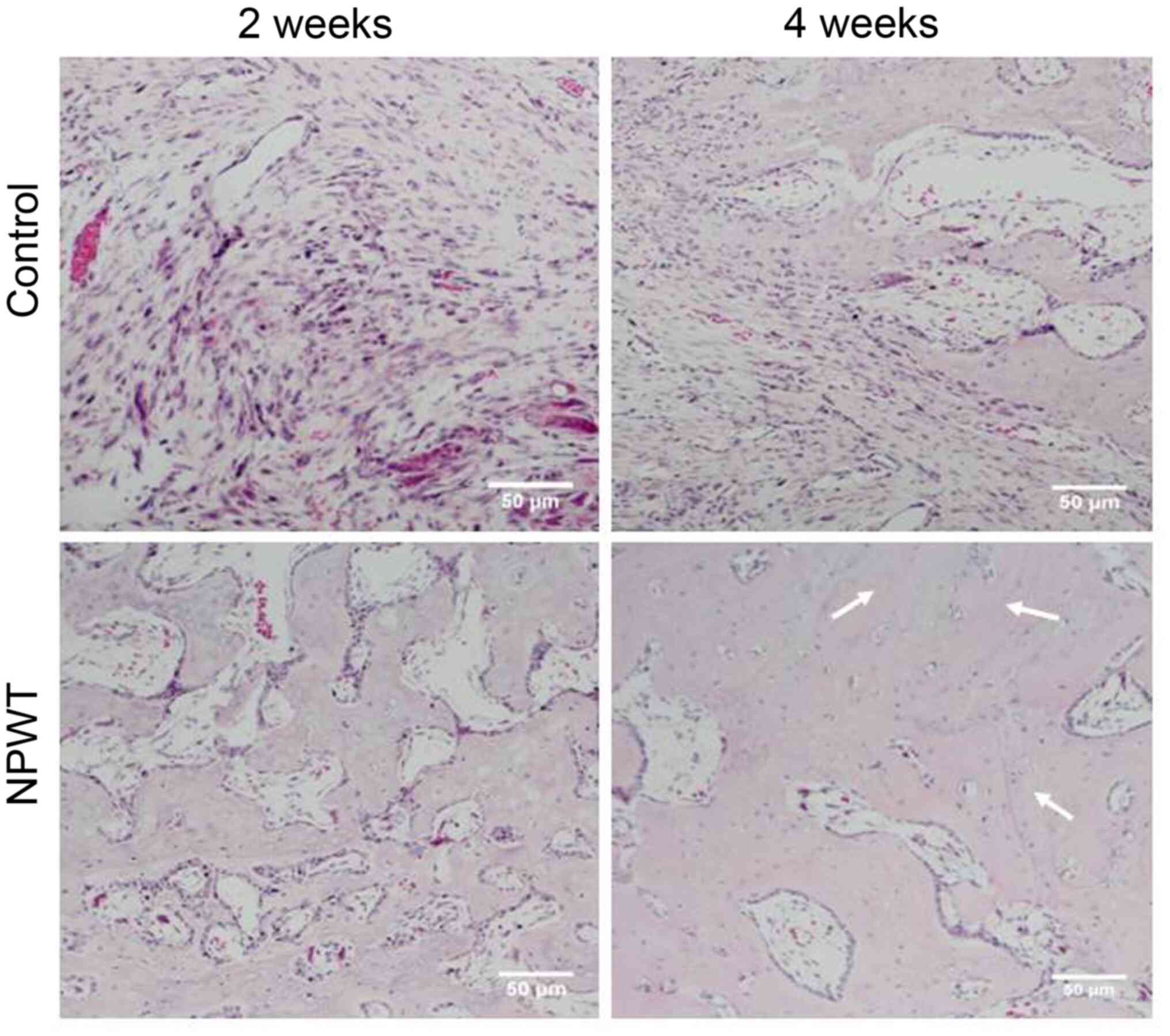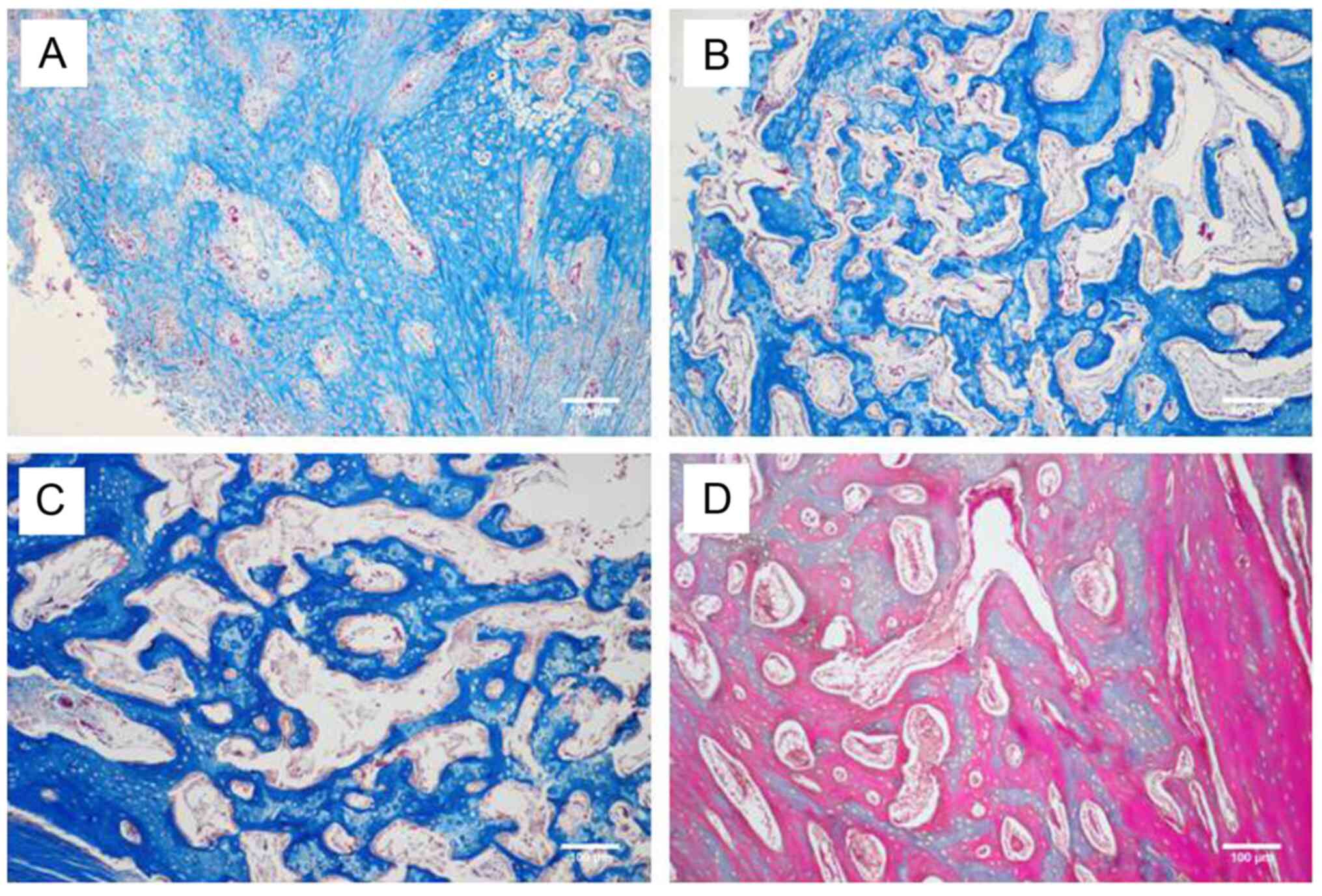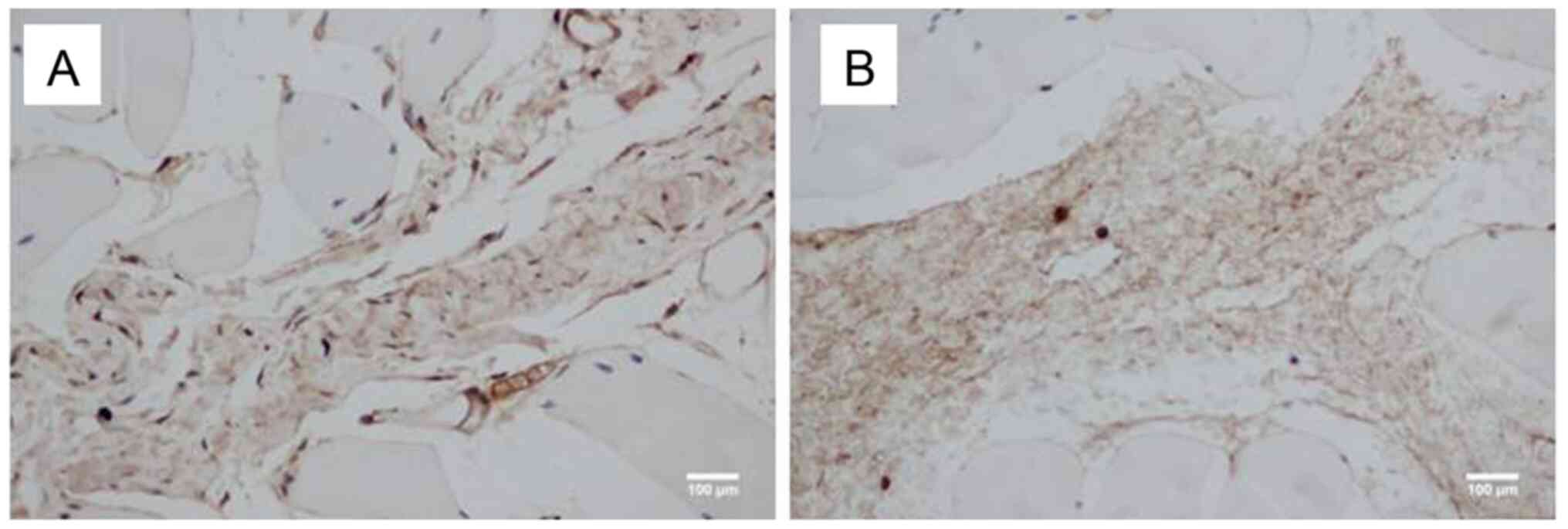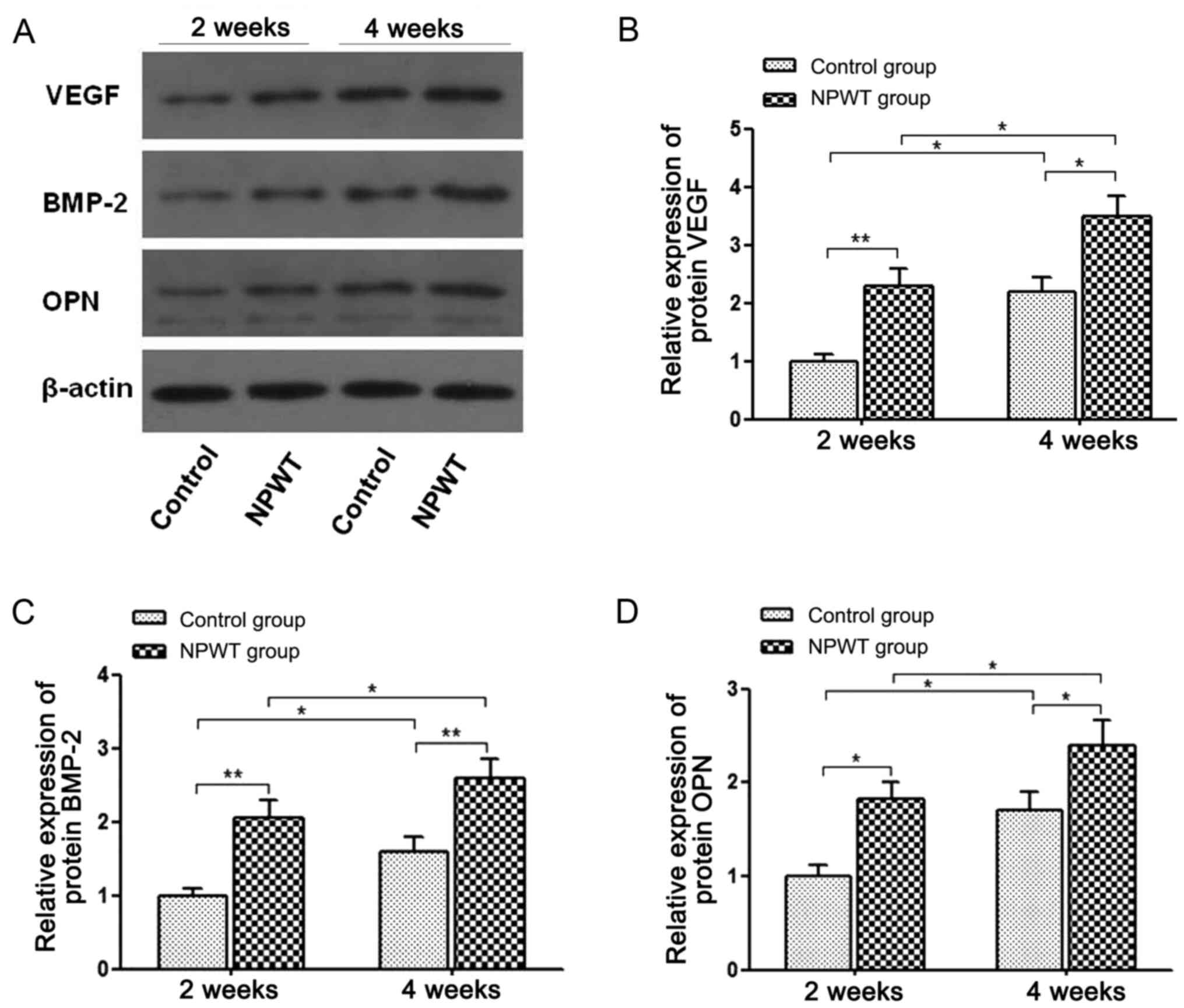|
1
|
Bee TK, Croce MA, Magnotti LJ, Zarzaur BL,
Maish GO III, Minard G, Schroeppel TJ and Fabian TC: Temporary
abdominal closure techniques: A prospective randomized trial
comparing polyglactin 910 mesh and vacuum-assisted closure. J
Trauma. 65:337–344. 2008.PubMed/NCBI View Article : Google Scholar
|
|
2
|
Morykwas MJ, Argenta LC, Shelton-Brown EI
and McGuirt W: Vacuum-assisted closure: A new method for wound
control and treatment: Animal studies and basic foundation. Ann
Plastic Surg. 38:553–562. 1997.PubMed/NCBI View Article : Google Scholar
|
|
3
|
Armstrong DG and Lavery LA: Diabetic Foot
Study Consortium. Negative pressure wound therapy after partial
diabetic foot amputation: A multicentre, randomised controlled
trial. Lancet. 366:1704–1710. 2005.PubMed/NCBI View Article : Google Scholar
|
|
4
|
Fleck T, Gustafsson R, Harding K,
Ingemansson R, Lirtzman MD, Meites HL, Moidl R, Price P, Ritchie A,
Salazar J, et al: The management of deep sternal wound infections
using vacuum assisted closure (V.A.C.) therapy. Int Wound J.
3:273–280. 2006.PubMed/NCBI View Article : Google Scholar
|
|
5
|
Argenta LC and Morykwas MJ:
Vacuum-assisted closure: A new method for wound control and
treatment: Clinical experience. Ann Plastic Surg. 38:563–577.
1997.PubMed/NCBI View Article : Google Scholar
|
|
6
|
Javed AA, Teinor J, Wright M, Ding D,
Burkhart RA, Hundt J, Cameron JL, Makary MA, He J, Eckhauser FE, et
al: Negative pressure wound therapy for surgical-site infections: A
randomized trial. Ann Surg. 269:1034–1040. 2019.PubMed/NCBI View Article : Google Scholar
|
|
7
|
Liu Y, Zhou Q, Wang Y, Liu Z, Dong M, Wang
Y, Li X and Hu D: Negative pressure wound therapy decreases
mortality in a murine model of burn-wound sepsis involving
Pseudomonas aeruginosa infection. PLoS One.
9(e90494)2014.PubMed/NCBI View Article : Google Scholar
|
|
8
|
Orgill DP and Bayer LR: Update on
negative-pressure wound therapy. Plast Reconstr Surg. 127 (Suppl
1):S105–S115. 2011.PubMed/NCBI View Article : Google Scholar
|
|
9
|
Iheozor-Ejiofor Z, Newton K, Dumville JC,
Costa ML, Norman G and Bruce J: Negative pressure wound therapy for
open traumatic wounds. Cochrane Database Syst Rev.
7(CD012522)2018.PubMed/NCBI View Article : Google Scholar
|
|
10
|
Agarwal A: Management of closed incisions
using negative-pressure wound therapy in orthopedic surgery. Plast
Reconstr Surg. 143:S21–S26. 2019.PubMed/NCBI View Article : Google Scholar
|
|
11
|
A N, Khan WS and J P: The evidence-based
principles of negative pressure wound therapy in trauma &
orthopedics. Open Orthop J. 8:168–177. 2014.PubMed/NCBI View Article : Google Scholar
|
|
12
|
Stannard JP, Volgas DA, McGwin G III,
Stewart RL, Obremskey W, Moore T and Anglen JO: Incisional negative
pressure wound therapy after high-risk lower extremity fractures. J
Orthop Trauma. 26:37–42. 2012.PubMed/NCBI View Article : Google Scholar
|
|
13
|
Wang X, Wang Y, Gou W, Lu Q, Peng J and Lu
S: Role of mesenchymal stem cells in bone regeneration and fracture
repair: A review. Int Orthop. 37:2491–2498. 2013.PubMed/NCBI View Article : Google Scholar
|
|
14
|
Maycas M, Esbrit P and Gortazar AR:
Molecular mechanisms in bone mechanotransduction. Histol
Histopathol. 32:751–760. 2017.PubMed/NCBI View Article : Google Scholar
|
|
15
|
Duncan RL and Turner CH:
Mechanotransduction and the functional response of bone to
mechanical strain. Calcif Tissue Int. 57:344–358. 1995.PubMed/NCBI View Article : Google Scholar
|
|
16
|
Lu F, Ogawa R, Nguyen DT, Chen B, Guo D,
Helm DL, Zhan Q, Murphy GF and Orgill DP: Microdeformation of
three-dimensional cultured fibroblasts induces gene expression and
morphological changes. Ann Plast Surg. 66:296–300. 2011.PubMed/NCBI View Article : Google Scholar
|
|
17
|
Swain LD, Cornet DA, Manwaring ME, Collins
B, Singh VK, Beniker D and Carnes DL: Negative pressure therapy
stimulates healing of critical-size calvarial defects in rabbits.
Bonekey Rep. 2(299)2013.PubMed/NCBI View Article : Google Scholar
|
|
18
|
Zhu J, Yu A, Qi B, Li Z and Hu X: Effects
of negative pressure wound therapy on mesenchymal stem cells
proliferation and osteogenic differentiation in a fibrin matrix.
PLoS One. 9(e107339)2014.PubMed/NCBI View Article : Google Scholar
|
|
19
|
Udehiya RK, Amarpal Aithal HP, Kinjavdekar
P, Pawde AM, Singh R and Taru Sharma G: Comparison of autogenic and
allogenic bone marrow derived mesenchymal stem cells for repair of
segmental bone defects in rabbits. Res Vet Sci. 94:743–752.
2013.PubMed/NCBI View Article : Google Scholar
|
|
20
|
Liu J, Zhou P, Long Y, Huang C and Chen D:
Repair of bone defects in rat radii with a composite of allogeneic
adipose-derived stem cells and heterogeneous deproteinized bone.
Stem Cell Res Ther. 9(79)2018.PubMed/NCBI View Article : Google Scholar
|
|
21
|
Fleischmann W, Strecker W, Bombelli M and
Kinzl L: Vacuum sealing as treatment of soft tissue damage in open
fractures. Der Unfallchirurg. 96:488–492. 1993.PubMed/NCBI(In German).
|
|
22
|
Takeuchi N, Mae T, Hotokezaka S, Sasaki K,
Matsushita A, Miake G, Kuchiishi R and Noguchi Y: A Gustilo type
IIIB open forearm fracture treated by negative pressure wound
therapy and locking compression plates: A case report. Fukuoka
Igaku Zasshi. 102:293–297. 2011.PubMed/NCBI
|
|
23
|
Babiak I: Open tibial fractures grade IIIC
treated successfully with external fixation, negative-pressure
wound therapy and recombinant human bone morphogenetic protein 7.
Int Wound J. 11:476–482. 2014.PubMed/NCBI View Article : Google Scholar
|
|
24
|
Suzuki T, Minehara A, Matsuura T, Kawamura
T and Soma K: Negative-pressure wound therapy over surgically
closed wounds in open fractures. J Orthop Surg (Hong Kong).
22:30–34. 2014.PubMed/NCBI View Article : Google Scholar
|
|
25
|
Stannard JP, Singanamala N and Volgas DA:
Fix and flap in the era of vacuum suction devices: What do we know
in terms of evidence based medicine? Injury. 41:780–786.
2010.PubMed/NCBI View Article : Google Scholar
|
|
26
|
Kim JH and Lee DH: Negative pressure wound
therapy vs. conventional management in open tibia fractures:
Systematic review and meta-analysis. Injury. 50:1764–1772.
2019.PubMed/NCBI View Article : Google Scholar
|
|
27
|
Liu X, Zhang H, Cen S and Huang F:
Negative pressure wound therapy versus conventional wound dressings
in treatment of open fractures: A systematic review and
meta-analysis. Int J Surg. 53:72–79. 2018.PubMed/NCBI View Article : Google Scholar
|
|
28
|
Costa ML, Achten J, Bruce J, Davis S,
Hennings S, Willett K, Petrou S, Jeffery S, Griffin D, Parker B, et
al: Negative-pressure wound therapy versus standard dressings for
adults with an open lower limb fracture: The WOLLF RCT. Health
Technol Assess. 22:1–162. 2018.PubMed/NCBI View
Article : Google Scholar
|
|
29
|
Crist BD, Oladeji LO, Khazzam M, Della
Rocca GJ, Murtha YM and Stannard JP: Role of acute negative
pressure wound therapy over primarily closed surgical incisions in
acetabular fracture ORIF: A prospective randomized trial. Injury.
48:1518–1521. 2017.PubMed/NCBI View Article : Google Scholar
|
|
30
|
Cook R, Thomas V and Martin R: Negative
pressure dressings are no better than standard dressings for open
fractures. BMJ. 364(k4411)2019.PubMed/NCBI View Article : Google Scholar
|
|
31
|
Zhang YG, Yang Z, Zhang H, Liu M, Qiu Y
and Guo X: Negative pressure technology enhances bone regeneration
in rabbit skull defects. BMC Musculoskeletal Disord.
14(76)2013.PubMed/NCBI View Article : Google Scholar
|
|
32
|
Mazurkevych A, Malyuk M, Bezdieniezhnykh
N, Starodub L, Kharkevych Y, Jakubczak A and Gryzinska M:
Immunophenotypic characteristics and karyotype analysis of bone
marrow-derived mesenchymal stem cells of rabbits during in vitro
cultivation. Pol J Vet Sci. 20:687–695. 2017.PubMed/NCBI View Article : Google Scholar
|
|
33
|
Hu K and Olsen BR: Osteoblast-derived VEGF
regulates osteoblast differentiation and bone formation during bone
repair. J Clin Invest. 126:509–526. 2016.PubMed/NCBI View
Article : Google Scholar
|
|
34
|
Majidinia M, Sadeghpour A and Yousefi B:
The roles of signaling pathways in bone repair and regeneration. J
Cell Physiol. 233:2937–2948. 2018.PubMed/NCBI View Article : Google Scholar
|
|
35
|
Icer MA and Gezmen-Karadag M: The multiple
functions and mechanisms of osteopontin. Clin Biochem. 59:17–24.
2018.PubMed/NCBI View Article : Google Scholar
|
|
36
|
Tang Z, Wang Z, Qing F, Ni Y, Fan Y, Tan Y
and Zhang X: Bone morphogenetic protein Smads signaling in
mesenchymal stem cells affected by osteoinductive calcium phosphate
ceramics. J Biomed Mater Res A. 103:1001–1010. 2015.PubMed/NCBI View Article : Google Scholar
|
|
37
|
Wang CY, Zhao BH, Ai HJ and Wang YW:
Comparison of biological characteristics of mesenchymal stem cells
grown on two different titanium implant surfaces. Biomed Mater.
3(015004)2008.PubMed/NCBI View Article : Google Scholar
|
|
38
|
Streubel PN, Stinner DJ and Obremskey WT:
Use of negative-pressure wound therapy in orthopaedic trauma. J Am
Acad Orthop Surg. 20:564–574. 2012.PubMed/NCBI View Article : Google Scholar
|



